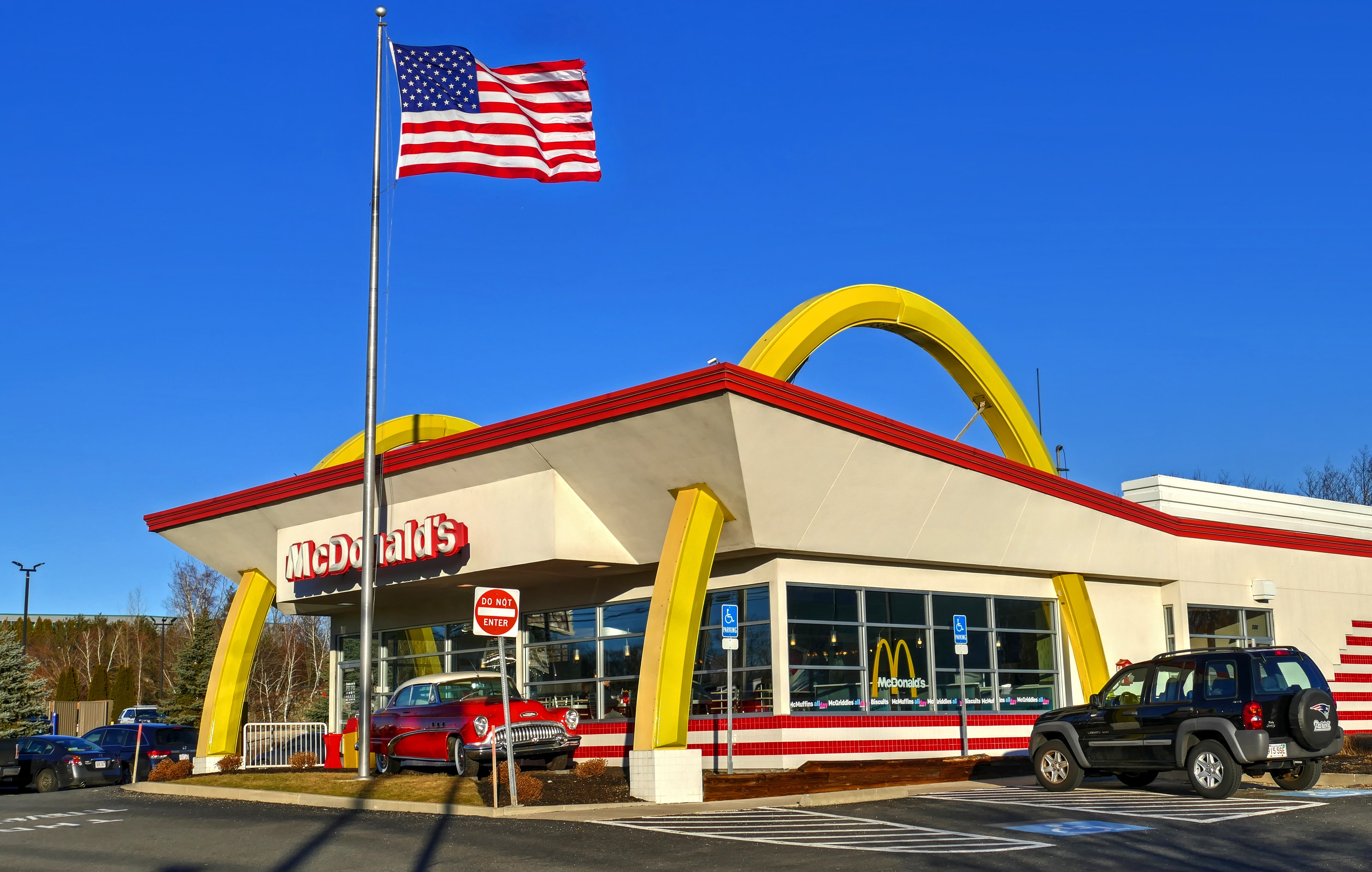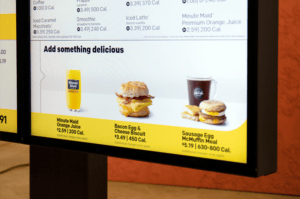
McDonald’s has followed recent investment in technology – including a global mobile app, mobile order and pay, self-order kiosks and digital order boards – with the acquisition of personalization specialist Dynamic Yield.
The seven-year-old tech company’s artificial intelligence (AI) powered platform delivers individualized experiences and will help the fast food giant provide customers with an even more personalized experience.
Examples of the changes they can make to their current offerings include the ability to vary the outdoor Drive Thru display to reflect the time of day a customer passes through or the weather, current restaurant traffic and trending menu items.
“Technology is a critical element of our Velocity Growth Plan, enhancing the experience for our customers by providing greater convenience on their terms,” said Steve Easterbrook, president and chief executive officer of McDonald’s Corporation.
“With this acquisition, we’re expanding both our ability to increase the role technology and data will play in our future and the speed with which we’ll be able to implement our vision of creating more personalized experiences for our customers.”
Underlining this message, shortly after announcing the acquisition of Dynamic Yield, McDonald’s said it was taking a 10% stake in New Zealand based app developer Plexure, which will help it improve functionality including customer targeting.
The Dynamic Yield acquisition is set to make McDonald’s one of the first companies to integrate decision-making tech in the point of sale at a physical restaurant site.
Competitive advantage
Jay Bandy FCSI, president of Goliath Consulting Group, believes the acquisition part of a wider trend in the foodservice sector. He says it makes a lot of sense for a company such as McDonald’s.
 “First of all it gives McDonald’s competitive advantage. They are taking the technology and bringing it in-house, which will keep potentially keep it out of their competitors’ strategy – at least in the short term,” he says.
“First of all it gives McDonald’s competitive advantage. They are taking the technology and bringing it in-house, which will keep potentially keep it out of their competitors’ strategy – at least in the short term,” he says.
“Obviously people will be able to replicate that software after a while, but it will get them a head start.”
William Bender FCSI, president of W.H. Bender & Associates, agrees that the move allows the fast food company to leapfrog the competition. “McDonald’s needs to keep focused on the main job – people, food, service. If they can gain from a technology that delivers personalization and then close the gap with guests it may be a big win,” he explains.
The future
Once the deal is completed, the burger chain will start rolling the technology out at Drive Thru restaurants in the US with international expansion following. There are also plans to integrate the technology into other points of sale, including self-order kiosks and the mobile app.
About 3,000 of McDonald’s 14,000 US locations have been remodeled in what the company has called its Experience of the Future design, which features new decor and self-order kiosks.
“We started Dynamic Yield seven years ago with the premise that customer-centric brands must make personalization a core activity,” says Liad Agmon, co-founder and CEO of Dynamic Yield. “We’re thrilled to be joining an iconic global brand such as McDonald’s and are excited to innovate in ways that have a real impact on people’s daily lives.”
Bender believes that acquiring rather than building makes business sense for a large company of McDonald’s stature. “The pace of technology continues to speed up – especially with AI – so buying a company with the team in place, technology products, and systems already built in is a win-win for McDonald’s,” he says. “An AI communication system that personalizes the marketing (and brand experience) with guests could be a home run.”
The ability to further develop customisation in a foodservice business is critical to connect with customers, according to Bandy. “Having that interaction with the consumer is critical to brands today, they need to be able to reach people and continue the conversation and make sure people get the content they want and talk to them where they want,” he says. “This is smart technology and people love that customization.”
Tina Nielsen
